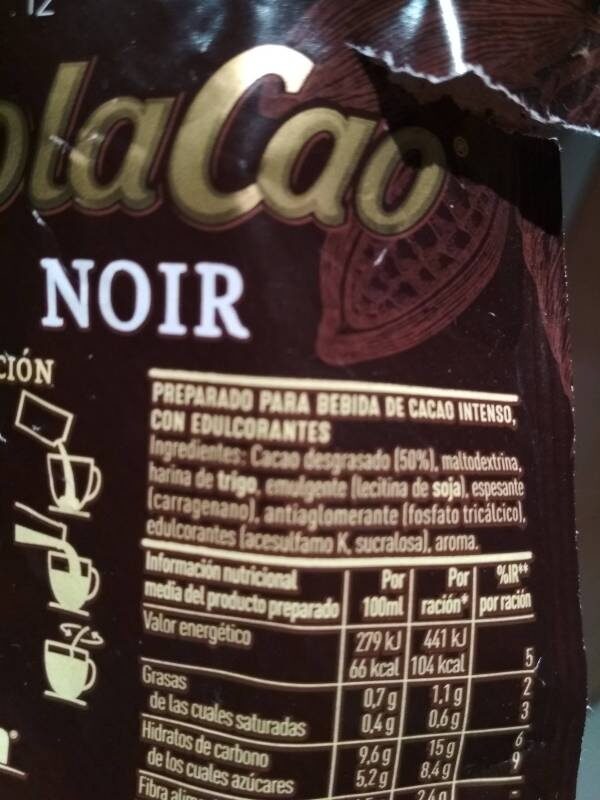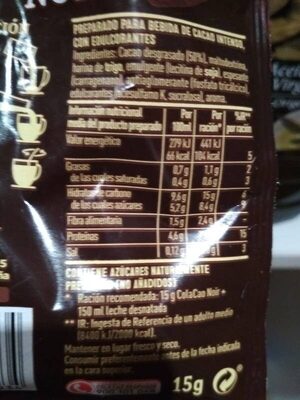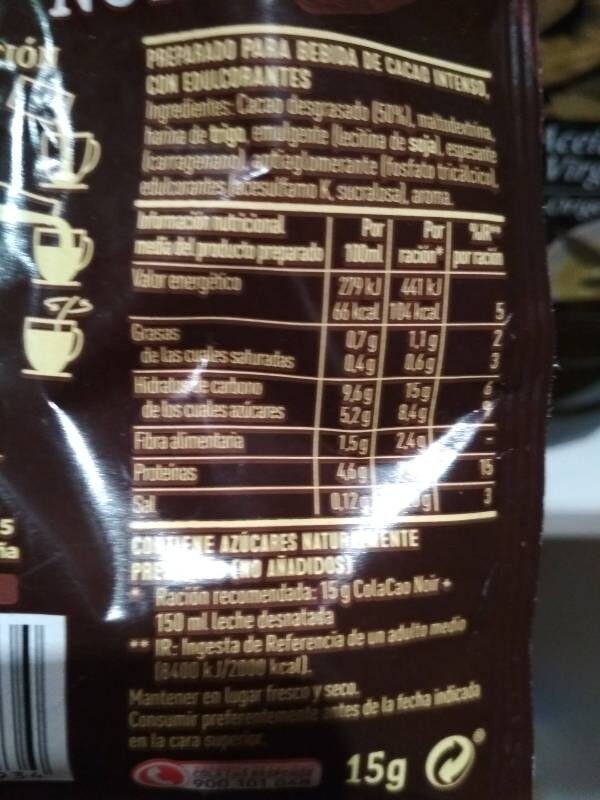Cola Cao noir
Aquesta pàgina del producte no està completa. Podeu ajudar a completar-la editant-la i afegint-hi més dades a partir de les fotos ja disponibles, o fent-ne més amb l'aplicació de androide o iPhone / iPad. Gràcies!
×
Codi de barres: 8410014464934 (EAN / EAN-13)
Marques: Cola Cao
Categories: Begudes, Esmorzars, Cacau i derivats, Pols de coco i xocolata, Begudes instantànies, en:Chocolate powders
Països on es va vendre: Espanya
Matching with your preferences
Entorn
Petjada de carboni
Empaquetament
Transport
Report a problem
Fonts de dades
Producte afegit per elcoco
Última modificació de la pàgina del producte per moon-rabbit.
La pàgina del producte, també editada per acuario, elcoco.4234beccf1f4bcda025e5536791597f6, hogazilla96, kiliweb, musarana, yuka.WnZzck83VW91OFFndzhBUjBFdUY5czljNnNUeVlWM3NjZmhCSVE9PQ, yuka.ZmZBUE5LSW91Y0lEeThFbjJnakpvdmNrNHBiMlpXMmNMZlZOSVE9PQ.
Si les dades són incorrectes o incompletes, pot completar o corregir editant aquesta pàgina.








